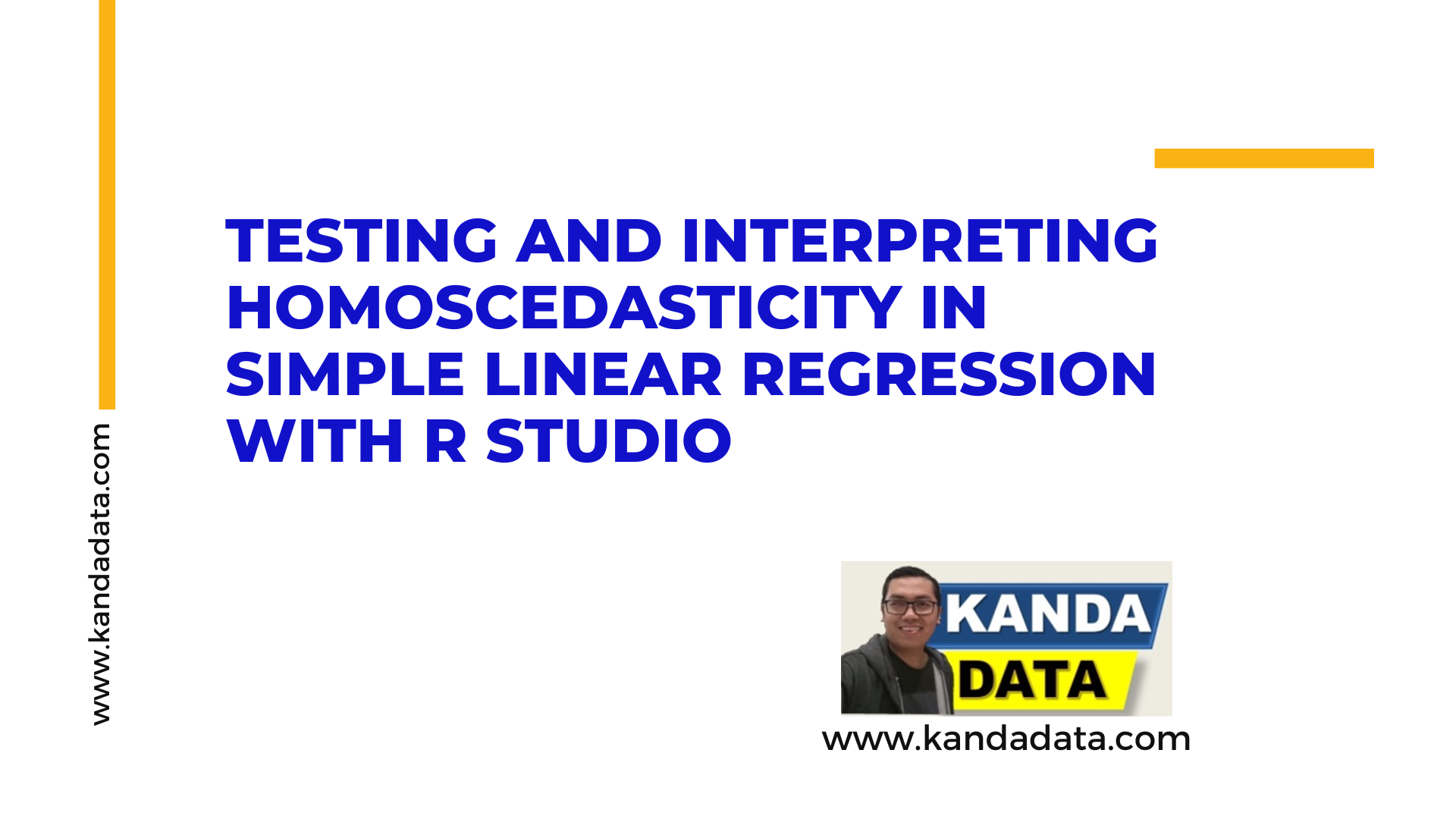Tag: homoscedasticity
Differences in Assumptions of Normality, Heteroscedasticity, and Multicollinearity in Linear Regression Analysis
If you analyze research data using linear regression, it is crucial to understand the required assumptions. Understanding these assumption tests is essential to ensure consistent and unbiased analysis results.
Assumption Tests for Multiple Linear Regression on Cross-Sectional Data
In multiple linear regression analysis using cross-sectional data, there are several assumption tests that must be conducted to obtain the best linear unbiased estimator. It is crucial to understand which assumption tests are required for research utilizing cross-sectional data. This is important because the assumption tests for cross-sectional, time series, and panel data differ in some respects.
Testing and Interpreting Homoscedasticity in Simple Linear Regression with R Studio
Homoscedasticity is a crucial assumption in ordinary least square (OLS) linear regression analysis. This assumption refers to the consistent variability of regression residuals across all predictor values. Homoscedasticity assumes that the spread of residual regression errors remains relatively constant along the regression line.
Assumptions Required in Multiple Linear Regression Analysis Using Ordinary Least Squares (OLS) Method
Multiple linear regression with the Ordinary Least Squares (OLS) method is one of the statistical techniques used to assess the influence of two or more independent variables on a dependent variable. The OLS method is carried out by minimizing the sum of squared errors between the model’s predictions and the actual values of the dependent variable.

